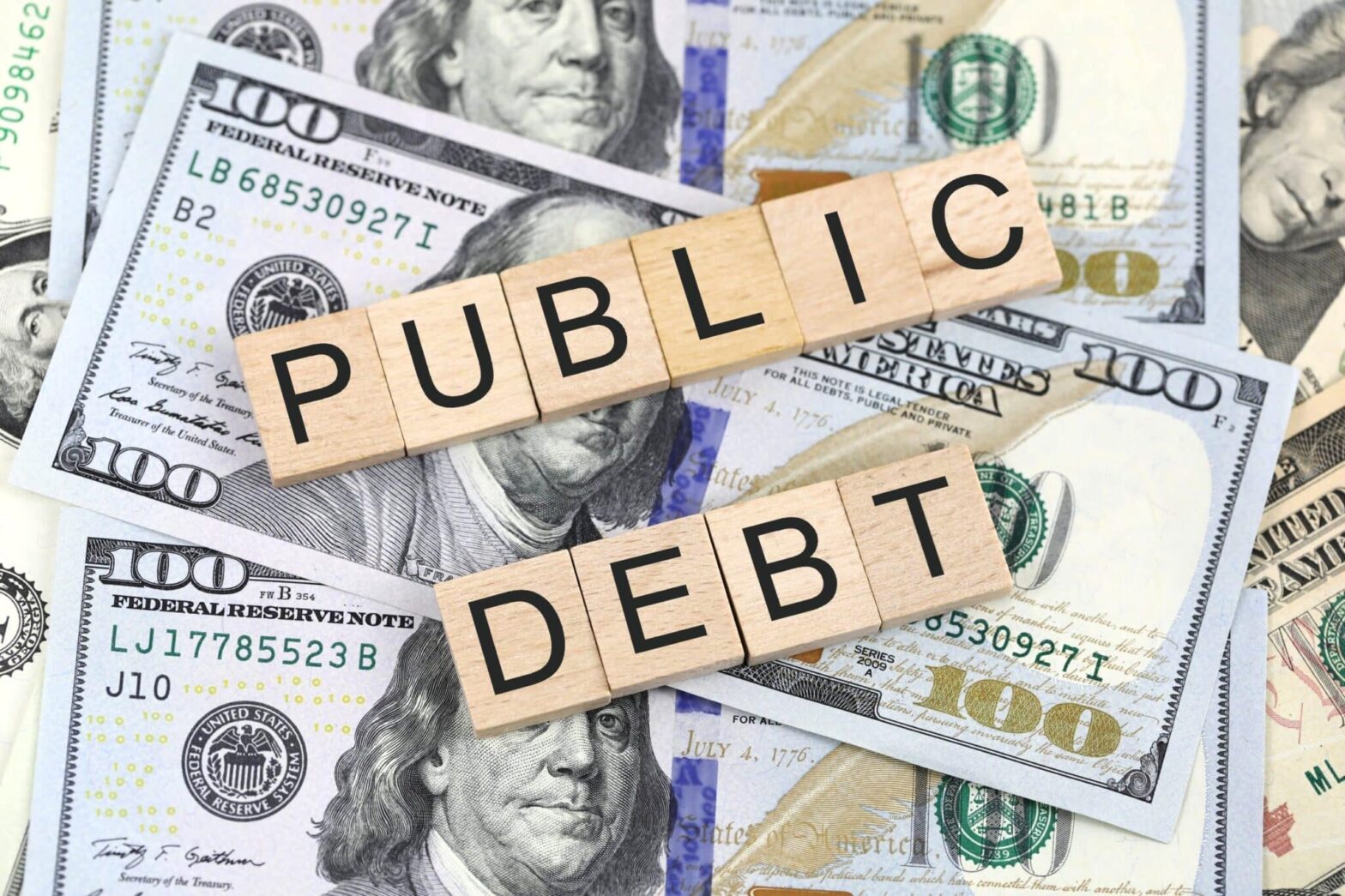Kenya’s public debt fell by 2% to Ksh 10.93 trillion ($84.6 billion) as of December 2024. This is a result of the Kenyan Shilling assuming a more strengthened position than the US dollar in over two decades.
Per a report seen by Bloomberg, although the country’s domestic debt increased by 16% to Ksh 5.87 trillion, while external debt in 2024 by 0.49% to $39.1 billion, the country’s strengthening currency helped mitigate its debt obligations.
The country’s treasury further noted that its $1.5 billion bond sale in June 2024 and a 17% increase in diaspora remittances and exports receipts also helped reinforce the shilling.
What does this signify?
The reduction in the public debt means that the country will be able to properly manage its debt profile, repay debts before the maturity date and open more leeway for the government to invest in critical aspects of the economy such as boosting its revenue.
Kenya’s debt-to-GDP ratio stood at 65.5% in December 2024 and is predicted to drop to 63.6% by December 2025. Kenya’s treasury has predicted that the rate will further drop to 52.9% by 2029.
A significant reduction in the country’s debt while strengthening the shilling will also help in reducing the inflation rate in the economy.
Kenya still struggles to boost its revenue. The government had earlier planned to boost the country’s revenue and economy through tax collection. However, it fell short in its plans, with 7.5% below target collection.
As less pressure is exacted on the country’s currency, importation of goods, food and other essentials will become less costly, making these products readily available to the public at affordable prices.
The bigger picture
The improvement in Kenya’s currency against the dollar means that the debt portfolio of the country will further reduce, making it easier for the country to repay its debts quickly and focus on strengthening the economy.
While this is beneficial for the country’s economy, it will also strengthen Kenya’s standing within the international community as it will raise the country’s debt repayment credibility.
This improvement will also be critical in navigating the overall debt landscape of the country. Kenya still has to deal with its $3.6 billion loan arrangement with the IMF expiring in April 2025.
Over all, the country’s rising currency is a step in the right direction to reasonably dealing with its debt obligations.






